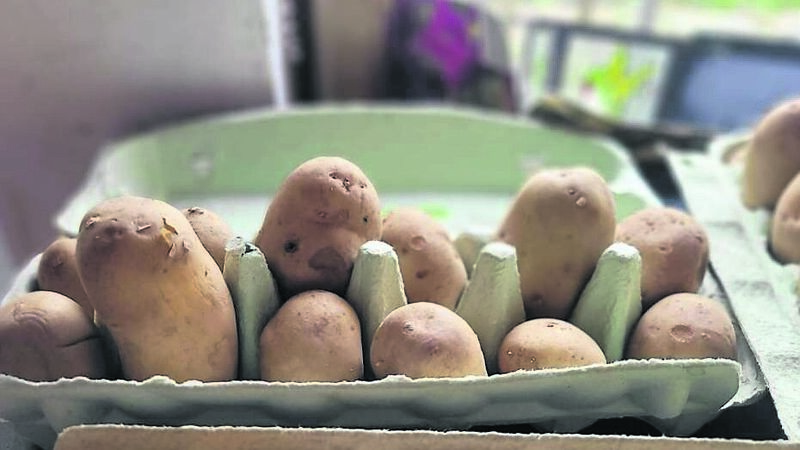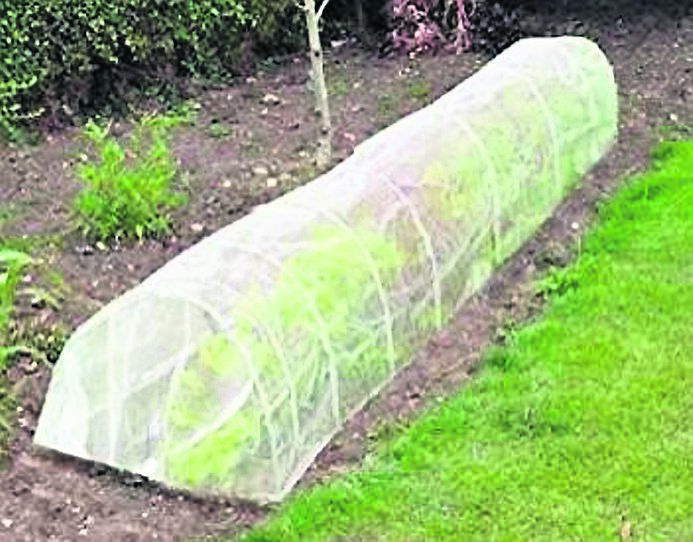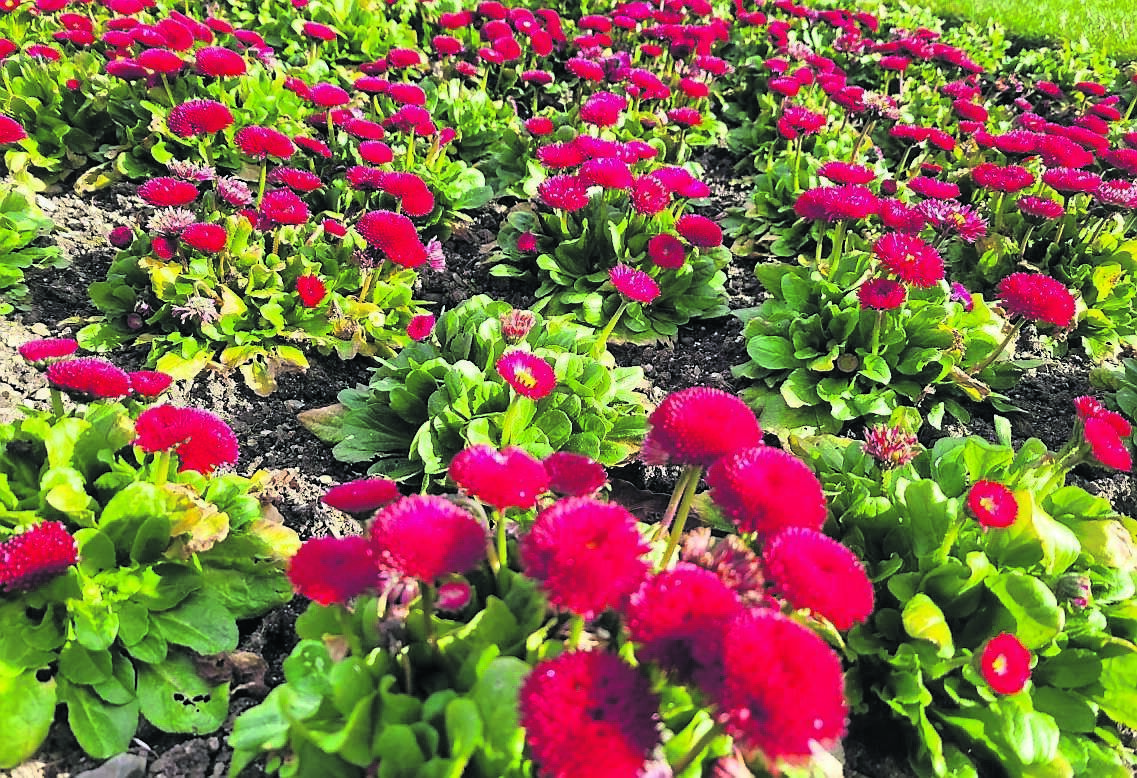It's time to prepare your spuds ahead of March 17

Pop those seed potatoes on the window-sill for a few weeks.
SPRING is all around as we March on into 2023!
However, cool ddy and night time temperatures are ensuring that any surges of growth are kept at bay and it is still early in the year for growth to emerge.
The cooler temperatures are reassuring at this time of the year as they remind plants to stay dormant for a little while longer. The ground is dry as we have had little in the way of rain since January, which is unusual at this time of the year. It does make getting jobs done easier as the ground is good to work and not too soft under foot.
With less rainfall this spring, it reinforces the importance of including organic matter in the soil to help it to conserve and retain water to the best of its ability, and compost heaps are ready to be opened soon.
Adding a layer of compost to the surface of the soil is a great weed suppressant as well as food for the soil microbes and the plants.
Do ensure to remove any perennial weeds like dock roots and dandelions before adding any organic matter as this will have the effect of feeding the weeds also!
It’s such a lovely sight - fresh compost put straight out onto the surface of the soil - spring is really here!
Do remember to keep those bird feeders topped up, particularly during these very cold spells when food is scarce and there is not much left to forage in the hedgerows at this time of the year.
The birds are becoming much more active in the early morning and late afternoon now, particularly as they begin to prepare to welcome a new generation.
The St Patrick’s Day deadline is fast approaching and any outstanding pruning, transplanting or planting that needs to be done this spring - the sooner the better.
Roses, fruit trees, fruit bushes, dogwoods and buddlejas should all be given their winter pruning before the sap rises and buds burst into growth.
The best time to plant or transplant is during the dormant season and the window remaining is short as buds begin to swell in anticipation of rising temperatures.
It’s best not to leave it too far into April as growth will be imminent and this will cause stress to a plant also.
If there are plants in your garden growing in the wrong place, overcrowded, or getting too big for their space, then now is a good time to move them to a more suitable planting spot, particularly trees and shrubs.
Of course, it may not be feasible to move something that has been planted for a long time and this needs to be considered also.
If relocating is not a possibility, then pruning can be considered and undertaken on a phased basis over a few years to avoid excessive regrowth, or indeed killing the plant!
It’s always best to review a situation before deciding on the best course of action
Planting potatoes has always been associated with St Patrick’s Day, and even if you are not ready to plant just yet, then the seed potatoes could be chitted on the window-sill for a few weeks.
This involves placing the seed potatoes in an upright position in a light and cool spot, but out of direct sunlight so that the buds or eyes can start growing, which will give them a head start once they go into the ground.
Using egg cartons can be useful for this purpose. The best results will be obtained from allowing three or four of the strongest growing ‘eyes’ to develop and removing the rest before planting into the soil.
Some seeds can be directly sown in the polytunnel or glasshouse now also - mixed salad leaves, spinach and rocket are all fast-maturing crops, and given the advantage of raised temperatures in a protected growing environment, will ensure a fresh salad crop in a few weeks.

An early sowing of carrots now under cover will provide an early summer crop, and the dreaded carrot root fly can be more easily controlled also in a protected environment.
Enviromesh, or horticultural fleece, can be useful to create cloches over a crop outdoors and will have the dual function at this time of the year of protecting from the cold and pests.
Providing a framework of plastic hoops will work and securing the enviromesh or fleece with sandbags or stones along the sides to prevent the wind from taking it is a good idea. This provides a great opportunity to start some growing outside earlier in the year.

Plant of the Week
Bellis perennis cultivars, pictured above, or bachelors’ buttons, are daisies grown for winter and spring bedding that are looking good right now, producing a robust spring display in pots and containers.
Winter bedding plants can be a bit hit and miss as the weather plays havoc with displays, and it can be difficult to maintain consistent winter/spring displays.
Bellis is a perennial daisy that we grow as a biennial, producing a rosette shape plant and button sized flowers from late winter into spring.
The cultivars grown for display usually have double flowers in various shades of white, pink and red, and they are frost hardy and reliably produce flowers at a time when there is little else.
They also produce pollen and nectar for early flying pollinators when resources are scarce.
These spring bedding plants have evolved from the common daisy that often makes its way into our lawns.







 App?
App?





